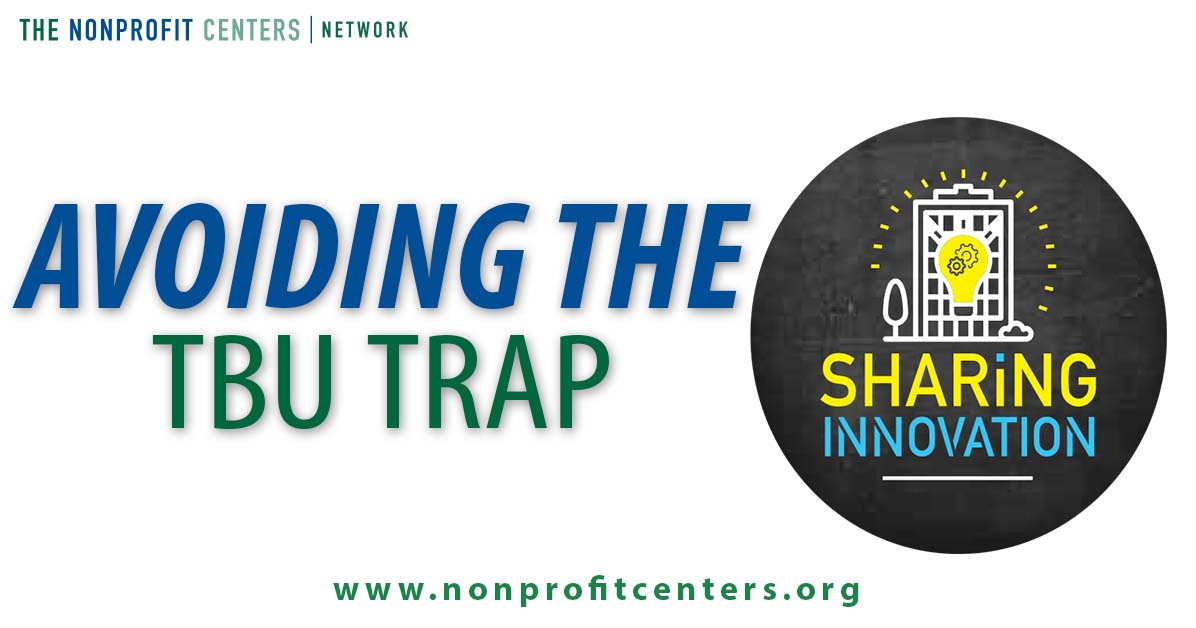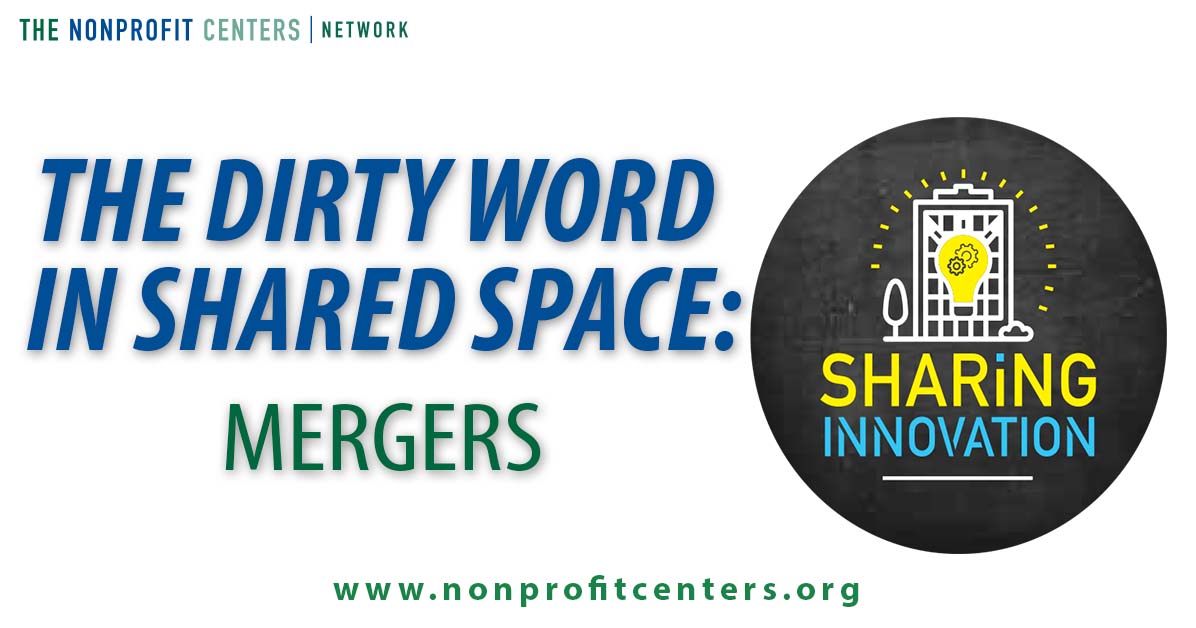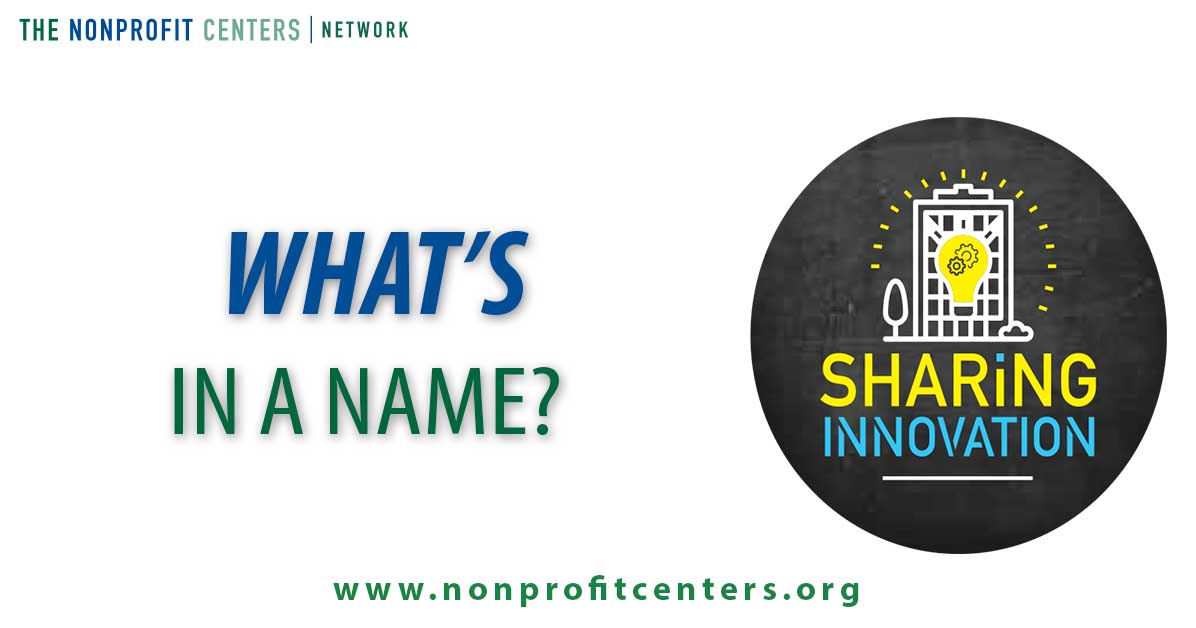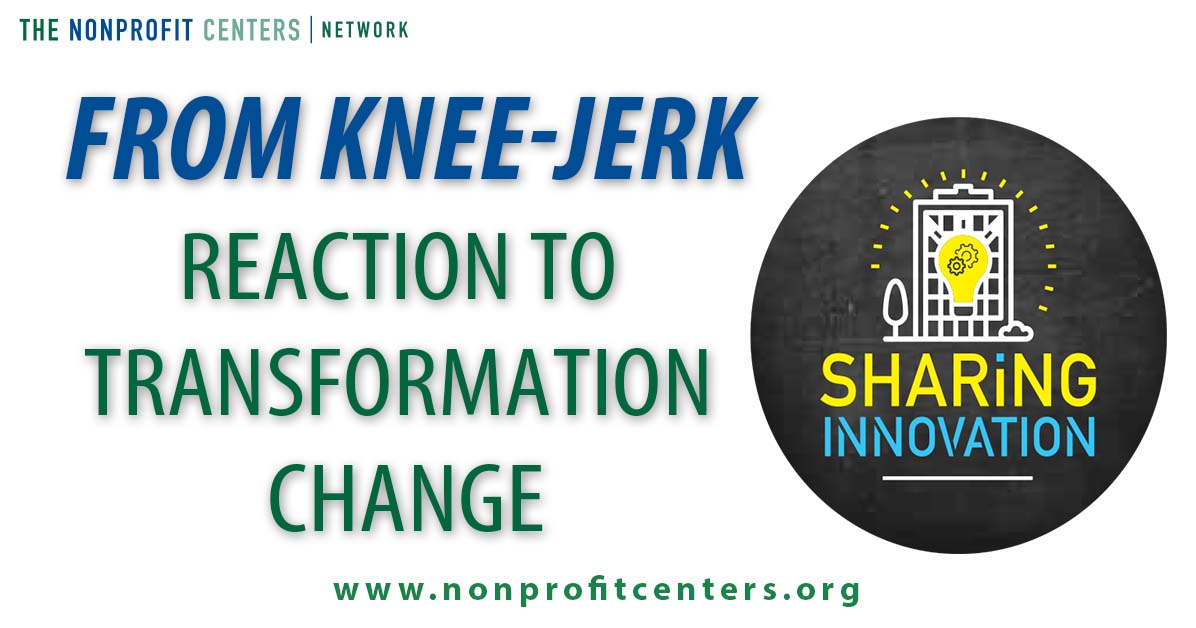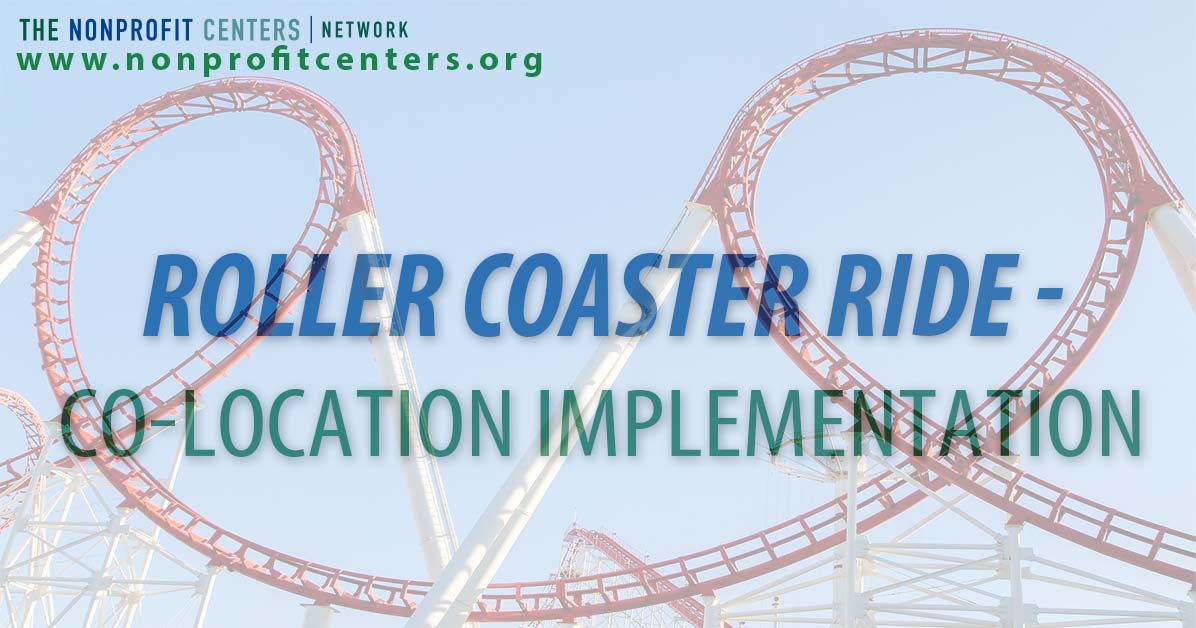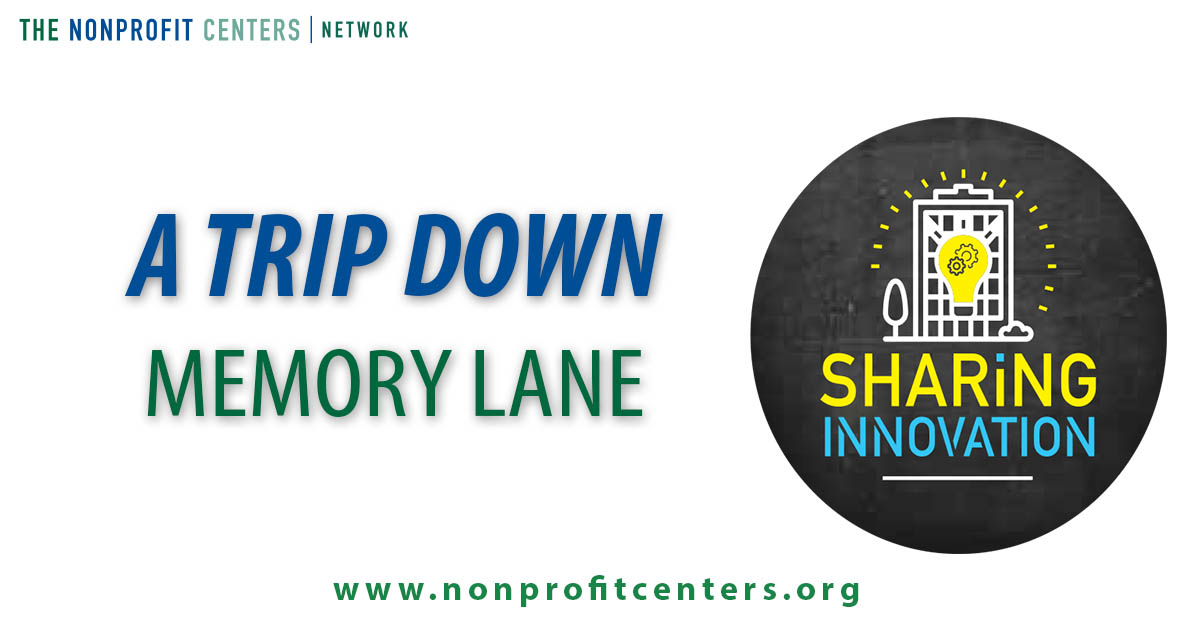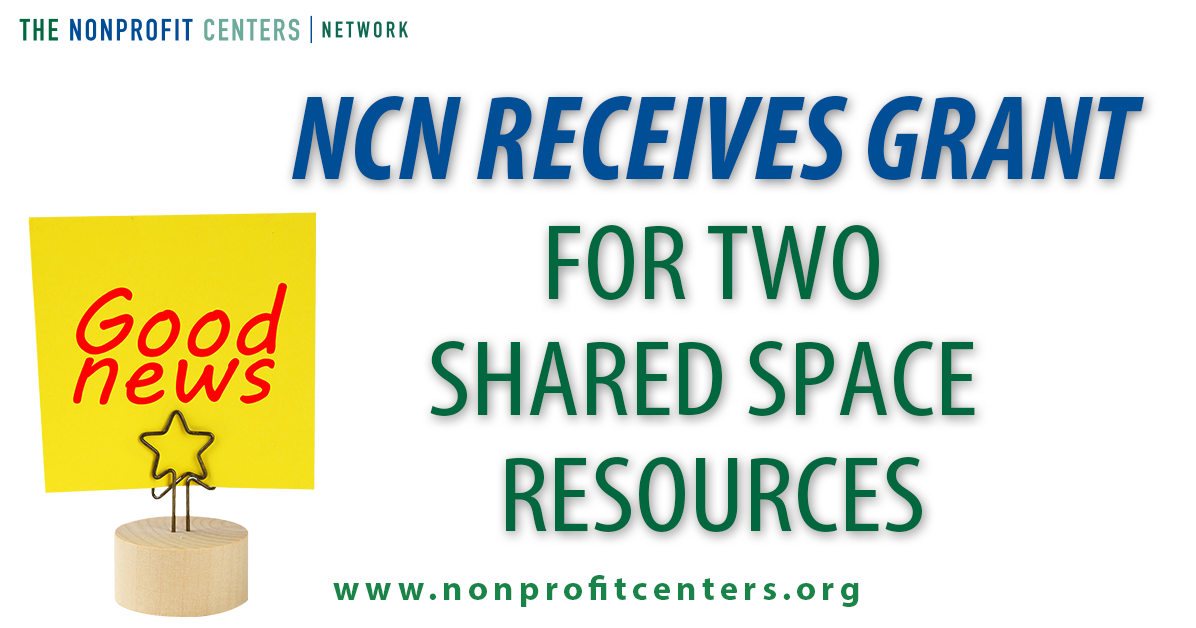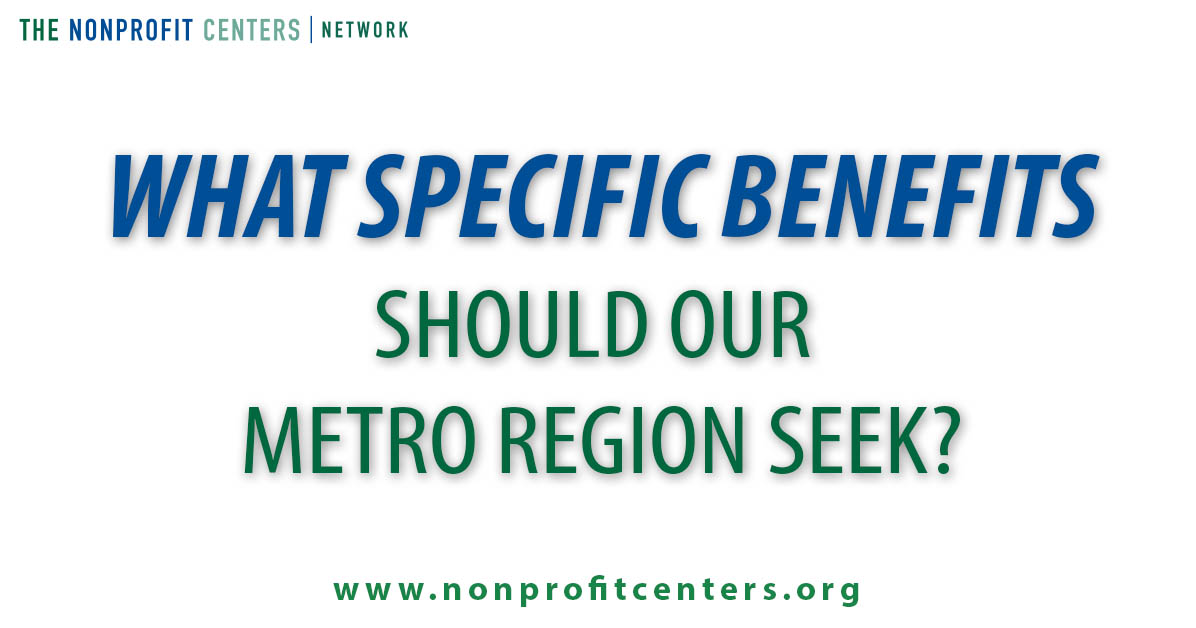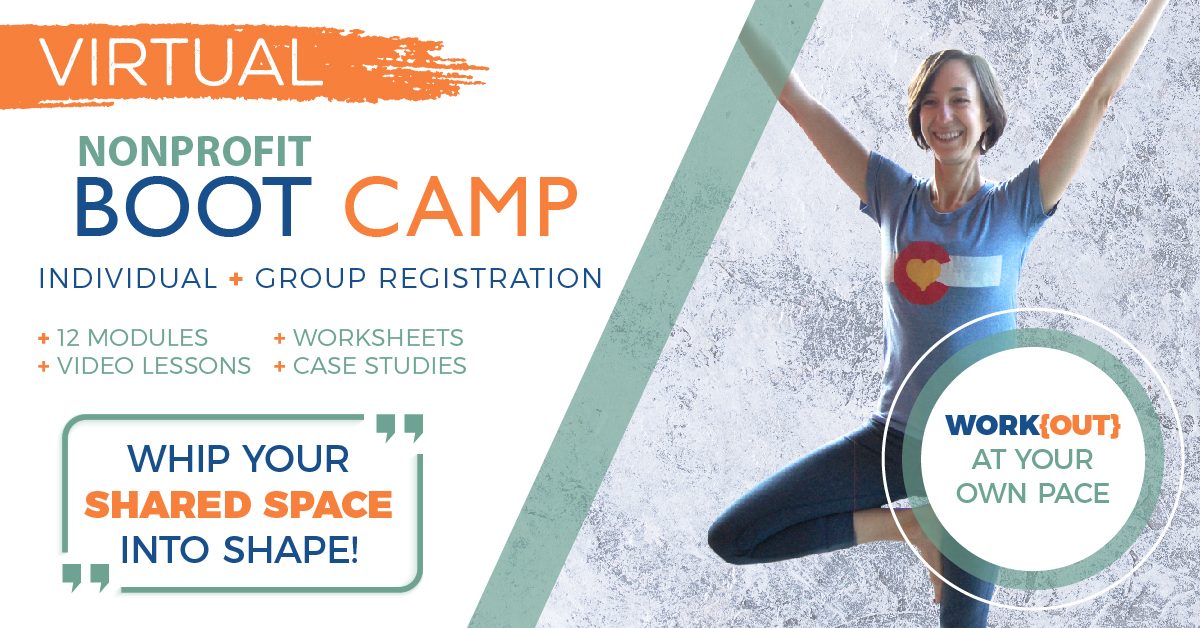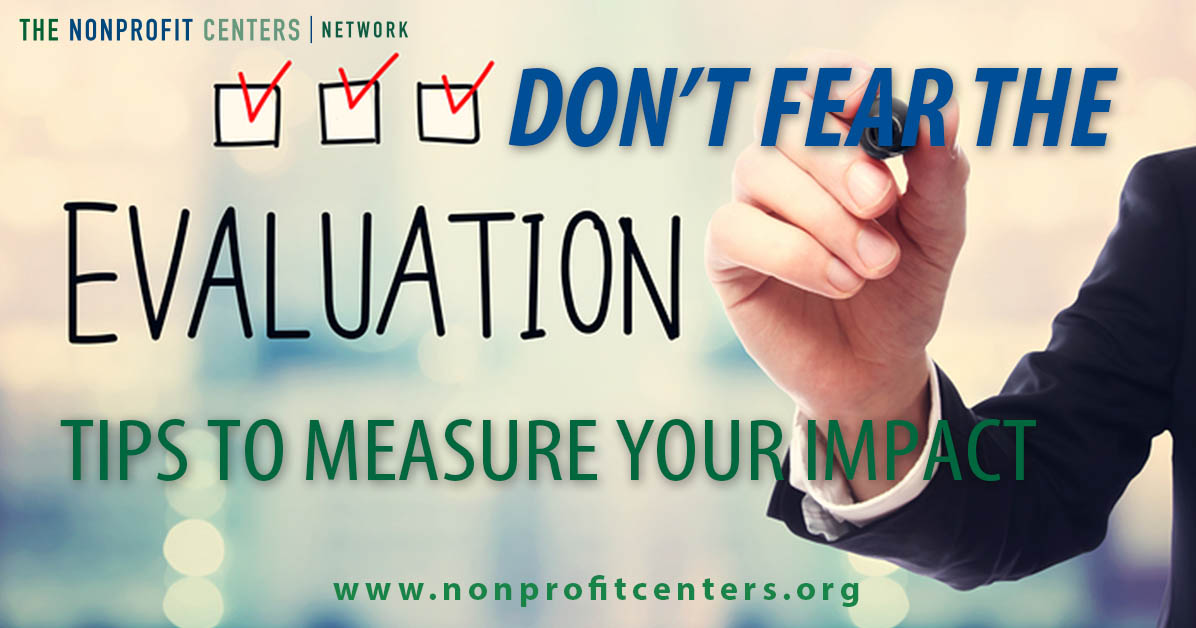
Data is everywhere. We generate and consume it throughout our day, whether at work, at play, or at home. On the ground and in the cloud - smart devices track our every step (literally), while algorithms convert traces of our decisions, actions and moods into predictors of future behavior. So too in our centres, data is everywhere. Wherever we fall on the spectrum from co-location to collaboration, we interact with our constituents in a wide variety of ways – they are tenants who sign leases and pay rent, collaborators who contribute to shared missions, members who draw on our support. Each of these activities generates bits of information, and we could – at least hypothetically – track all of them into some giant whole. But we quickly realize that information is not by itself particularly helpful. Mere numbers strung might create a moment’s curiosity – but then what? For example, you’ve likely seen the graphics depicting the mega-activity of the modern Internet: so-and-so many millions of videos viewed every second, such-and-such many billions of “likes” clicked on social media: tweets and swipes and comments, oh my! We have no reason to doubt the truth of this data – but what can we do with it? Information is not yet knowledge. In his book “Data Driven Nonprofits,” Steve MacLaughlin coined the phrase “TBU: True But Useless.” In order not to waste resource collecting TBU data, we have to adopt the usability mindset from the outset.




